What is cupronickel silver made of?
Cupronickel is an alloy of copper and nickel, similar to silver. So similar that without certain knowledge it is difficult to distinguish cutlery from it from more expensive silverware. And this played an interesting joke with cupronickel, because cutlery from other alloys has been produced under this name for quite some time.
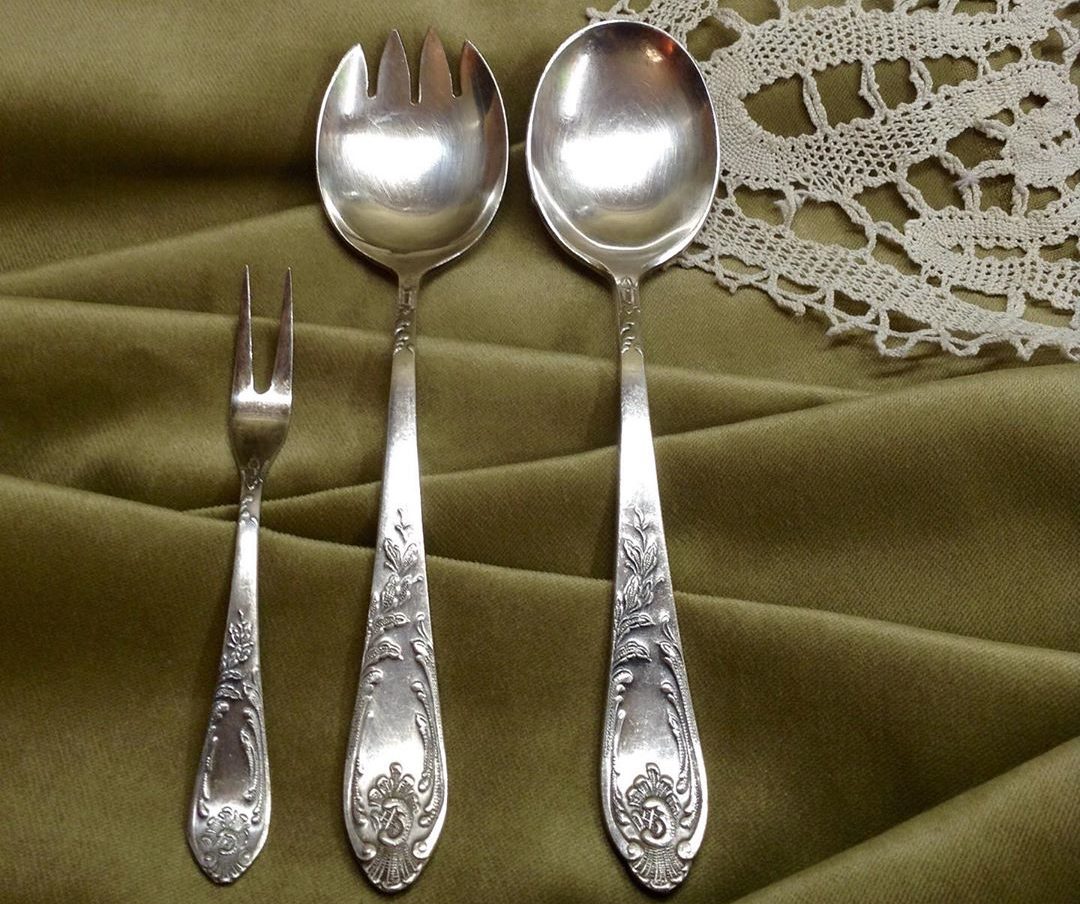
The content of the article
“Types” of cupronickel and their composition
The euphonious name of this alloy was so liked by many people that it became a kind of common noun for all successful imitations of silverware. And these include:
- cupronickel - copper with nickel (70:30, respectively);
- brass - an alloy of copper with zinc and impurities (68:30:2 for the L68 brand or 63:35:2 for the L63 brand);
- nickel silver - an alloy of copper with nickel and zinc (65:15:20).
It is very difficult to distinguish these three by appearance. Their properties are also very similar. And if you consider that cutlery made from these alloys is also silver plated, then it is advisable for a person far from jewelry making and metal science to focus on the manufacturer’s mark.
How is nickel silver indicated on cutlery?
It is not difficult to find out from what alloy certain cutlery is made. Classic cupronickel is marked with MN marking (copper-nickel), and the numbers next to the abbreviation will indicate the percentage of nickel.
Brass is marked with the letter L. In this case, as already mentioned above, the number next to the abbreviation indicates the percentage of copper.
Nickel silver is indicated by the MNC marking, next to which there are two numbers at once (for example: MNC 15–20). The first indicates the percentage of nickel, and the second indicates the zinc content.
Important: a conscientious manufacturer labels all cutlery. An exception to the general rule is perhaps a table knife: the only marking on it is usually the grade of stainless steel from which the blade is made. But on the handle there are often no marks about the material from which it is made.
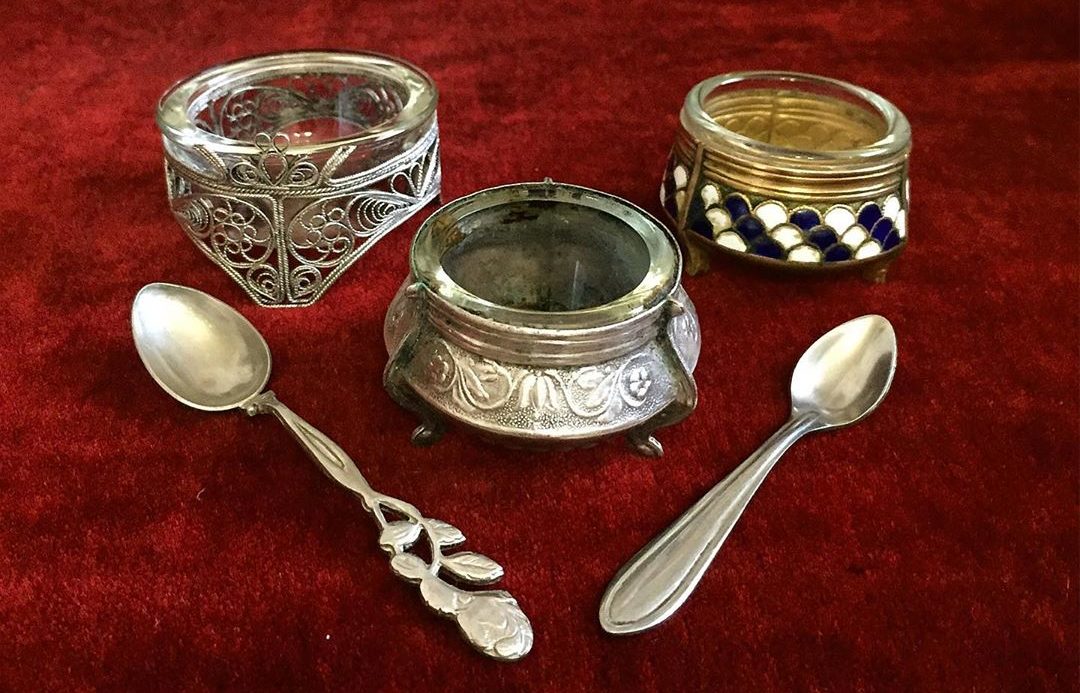
How to distinguish cupronickel from silver
Since the properties and color of silver analogues are almost identical to those of the original, the only reliable way to distinguish one from the other is marking. Silver cutlery is marked only with numbers. This is a test by which one can judge the purity of a noble metal.
The second option is to compare the strength and thermal conductivity of cutlery, if you know for sure that one of them is silver. The fact is that cupronickel heats up worse because it has lower thermal conductivity. And it's also stronger.
Cupronickel smells like onion upon contact with the skin, which is why I don’t like it...

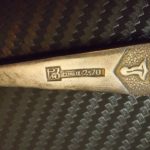

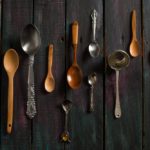
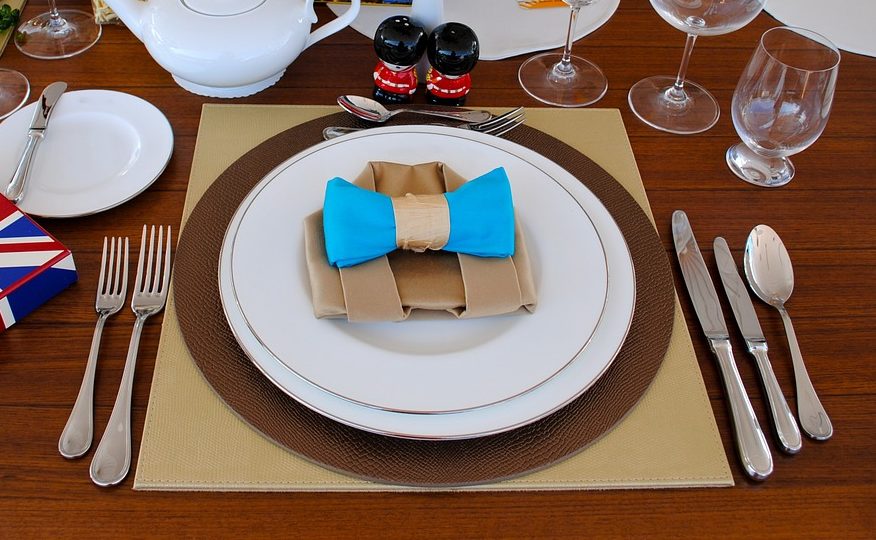
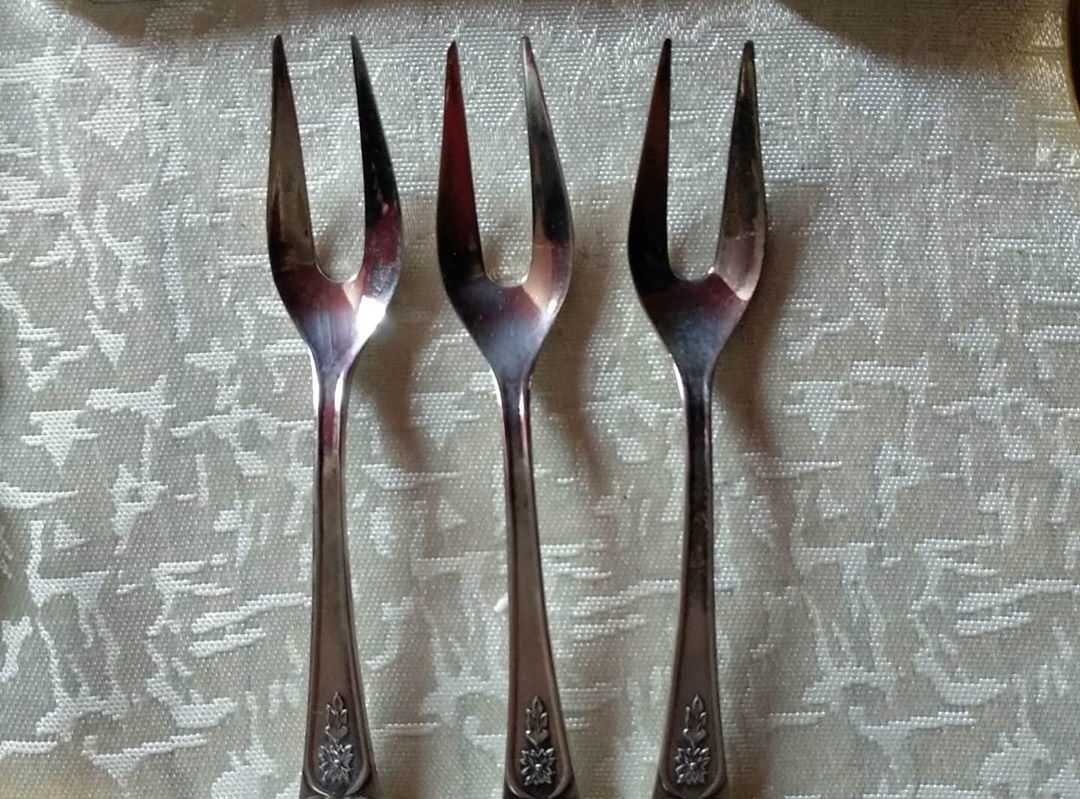
What nonsense. Cupronickel differs in color from brass.
Drop a solution of potassium dichromate onto the alloy; if it turns red, it means silver.